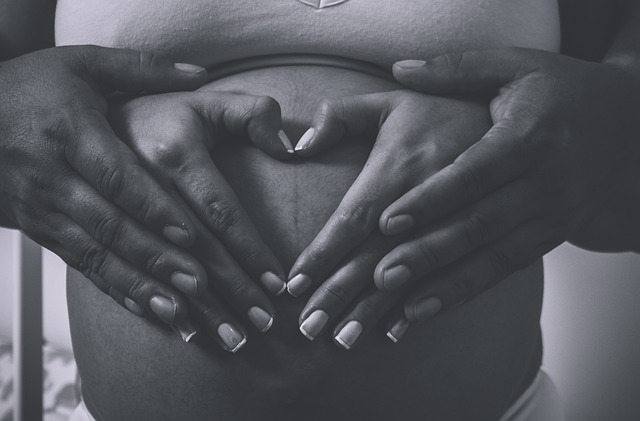A few weeks ago, while browsing through social media, I stumbled upon a thought-provoking post by a well-known parenting coach. The message was clear: “Do you really think your child hasn’t encountered pornography? Trust me, they probably have.” My immediate thought was, “She could be right.” With the internet overflowing with explicit content, kids are exposed at younger ages than we might expect. At first, I dismissed the idea for my elementary school-aged children, thinking this was more relevant for middle or high schoolers. But then, reality struck.
A few weeks later, a friend reached out to me with alarming news. At a recent fifth-grade gathering, an older sibling had shown younger kids explicit material on an iPad as a prank. The specifics were murky, but it was clear that the content was graphic—far beyond what any ten-year-old should be exposed to. My heart sank. This was one of those unexpected parenting moments that completely blindsides you.
Fortunately, I had already discussed topics of sex and anatomy with my son. However, the subject of porn was uncharted territory. How do you explain that sex is a natural part of life, yet the way it’s portrayed in adult films can be misleading and often troubling? I found myself grappling with how to present this sensitive topic appropriately.
So, on a chilly afternoon in November, I decided it was time for “The Porn Talk.” Surprisingly, my son claimed he hadn’t seen anything at the party (though he might have glimpsed something briefly). I began to explain what pornography is in straightforward terms, emphasizing why some find it appealing while others do not. I made it clear that it’s akin to a sexual “performance” that often misrepresents real-life intimacy. I wanted him to understand that the portrayals in porn are not reflective of healthy sexual relationships.
Furthermore, I stressed the importance of not feeling embarrassed to talk to me if someone were to show him inappropriate content. After a few playful eye rolls, the conversation shifted to video games, which was probably for the best.
Navigating this topic is no easy feat, and resources on how to handle it are scarce. My husband recalled a time when such exposure was far less accessible—back when finding a hidden magazine or catching a scrambled cable channel was the extent of it. The landscape has drastically changed.
Rick, a family therapist, highlights the necessity of openly discussing pornography with kids as early as possible. He notes that while curiosity about sex is natural, the extreme and often harmful depictions in pornography can distort their understanding of sexuality. Responding with empathy rather than anger is crucial, as it sets the stage for an ongoing dialogue. He also suggests establishing clear boundaries about porn in your home and implementing parental controls on devices, something I’m taking seriously after my own experience.
As uncomfortable as it may be, I am committed to having these discussions regularly with my son, addressing topics of porn and sex candidly. It’s essential to adopt a proactive stance—these conversations need to happen early and often.
In summary, while it may be unsettling to think about our children encountering pornography, it’s a reality we must face. By addressing the topic head-on, we equip our kids with the knowledge they need to navigate these complex issues.
For more insights on parenting, you can check out this helpful article on at-home insemination kits. Additionally, for authoritative guidance on the topic, visit Modern Family Blog or explore CDC’s resources on pregnancy.
